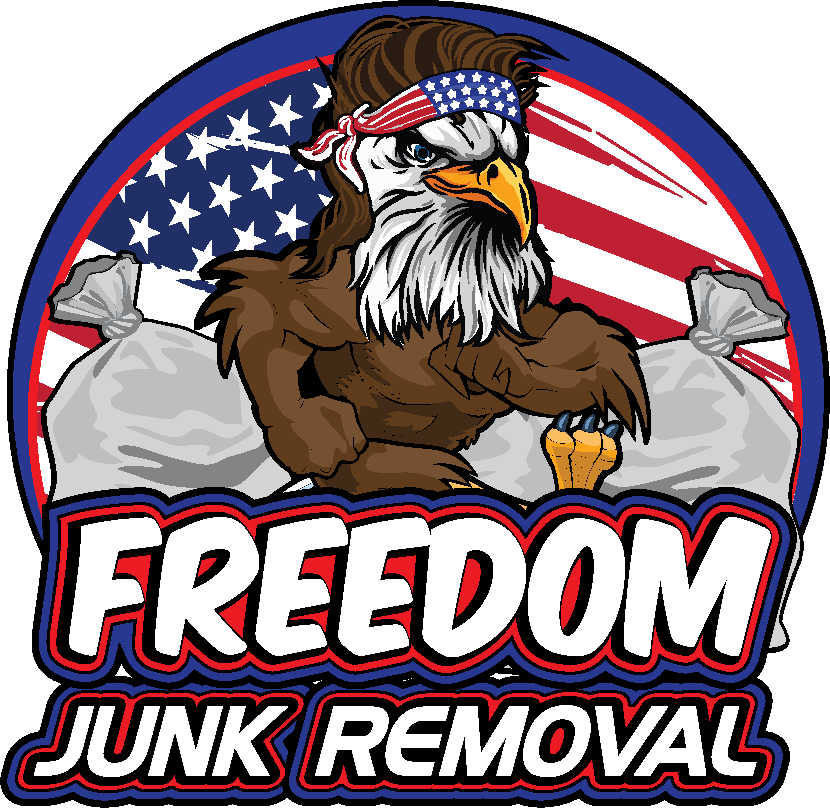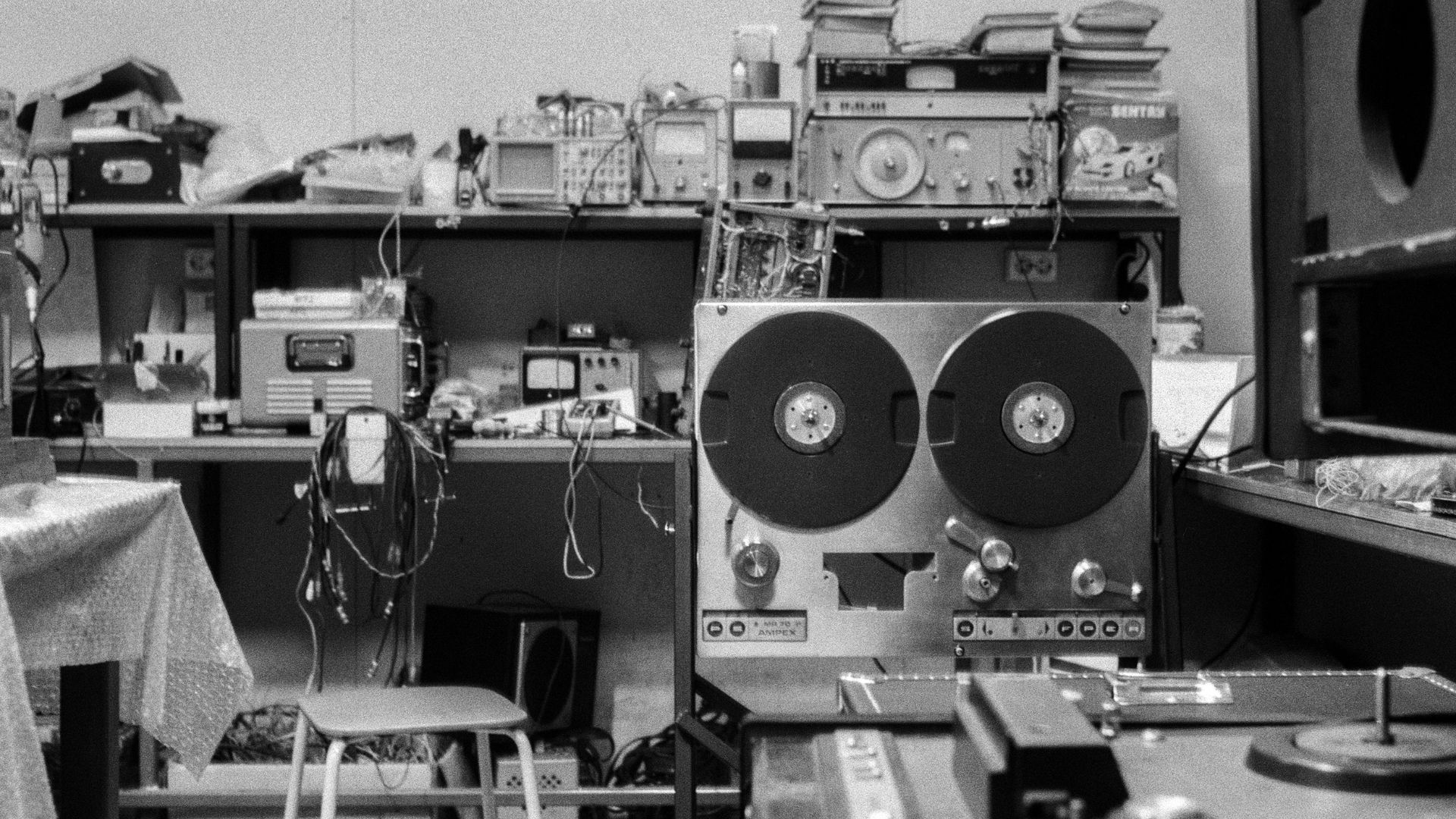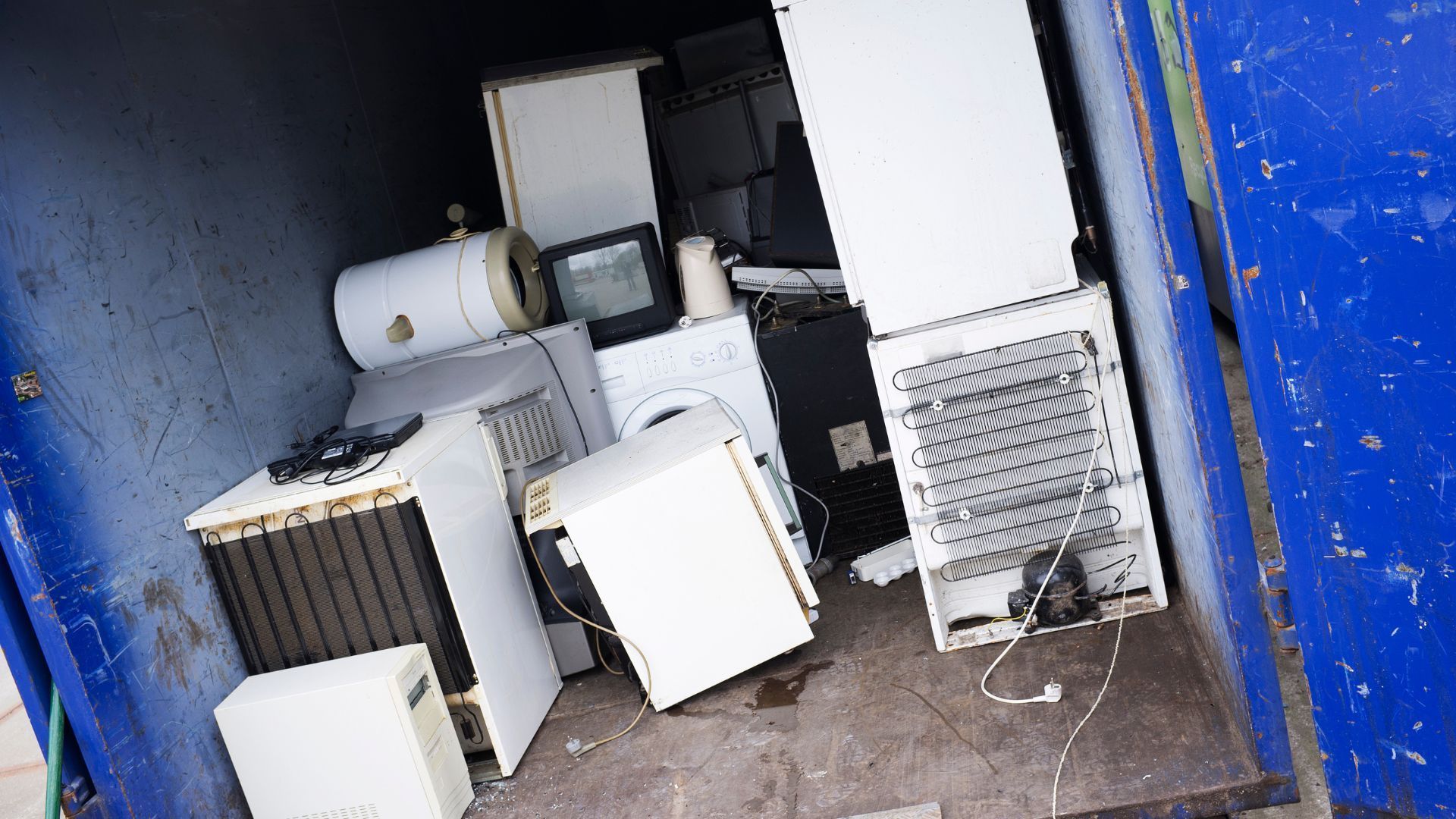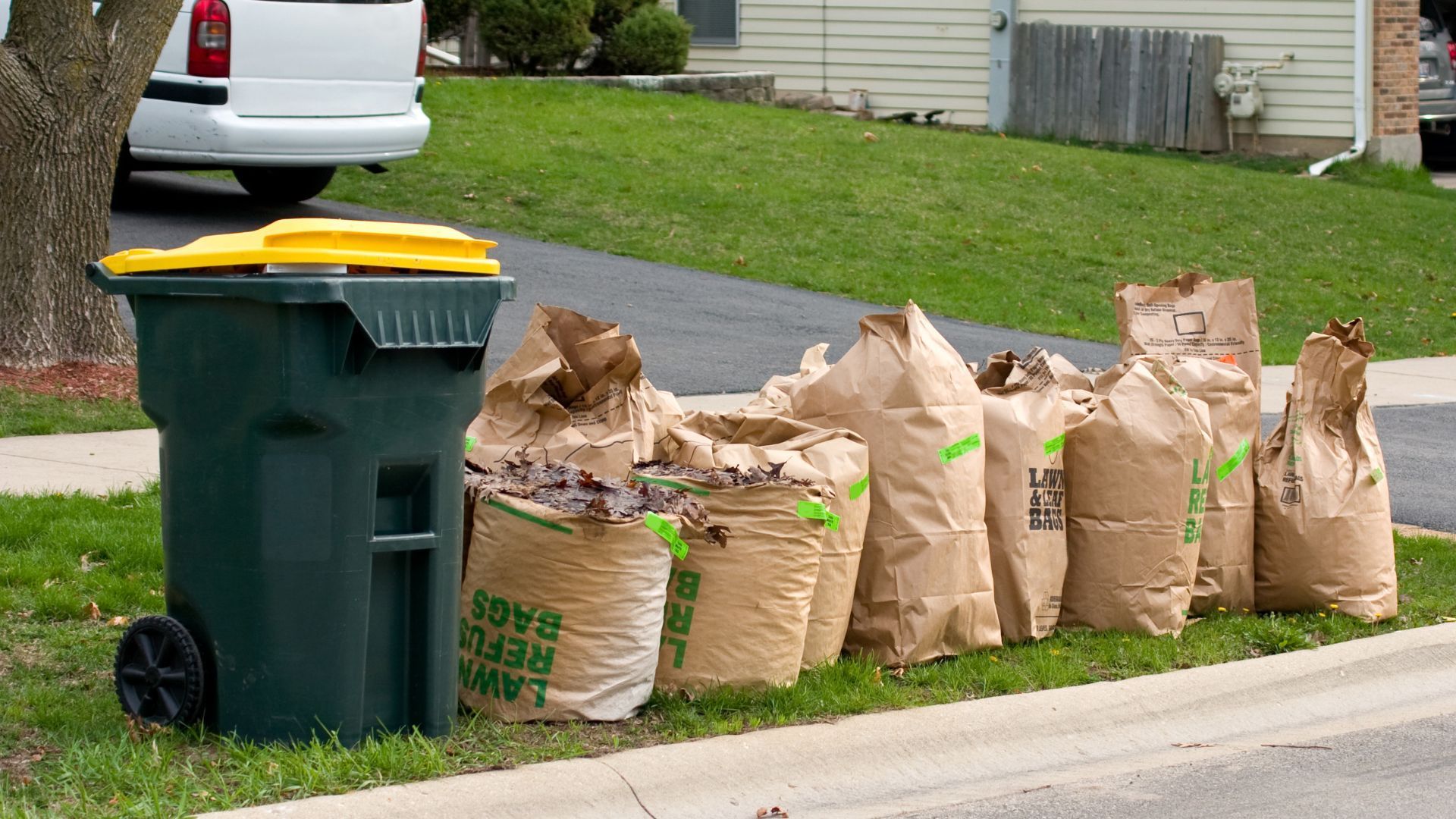What Happens to Your Junk After It’s Removed?
Most people never give much thought to what happens after a junk removal team hauls away that old sofa, broken appliance, or stack of boxes that’s been sitting untouched for years. Out of sight often means out of mind, but the journey your discarded items take is surprisingly complex and worth knowing.
Some objects find new life in recycling centers, while others are carefully sorted and repurposed for community benefit. Even items destined for disposal rarely go straight to a landfill without consideration. Understanding this process gives a clearer picture of how junk removal companies manage waste responsibly and highlights the role we all play in reducing our environmental footprint while reclaiming space at home.
The Journey Begins With Sorting And Separation
When junk leaves a home or business, its first stop isn’t the landfill. Instead, everything undergoes a sorting process designed to separate what can be reused, recycled, or disposed of responsibly. Workers identify categories such as wood, metal, plastic, paper, textiles, and electronics. Even everyday objects like furniture or appliances are inspected for potential salvage.
Sorting also creates efficiency for the rest of the process. By grouping materials early, recycling centers and donation organizations can receive shipments that are ready to handle. It also lowers contamination, a common issue when recyclables are mixed with general trash. The effort may look like routine work, but it shapes the future path of discarded items. Without it, countless valuable materials would be wasted.
Recycling Takes The Spotlight For Usable Materials
After sorting, one of the most important destinations for junk is the recycling center. Here, metals are melted down, plastics are shredded, and paper is pulped into raw material that can be reborn in manufacturing. Recycling prevents these materials from sitting idle in landfills for decades. It also reduces the demand for natural resource extraction, which often comes at significant environmental and financial costs.
The recycling process extends beyond obvious items like cans or cardboard. Complex products such as appliances and fixtures are dismantled so their parts can be reclaimed. Copper wires, steel frames, and aluminum pieces are especially valuable, proving that even broken junk contains hidden potential. Each recycled piece keeps communities less dependent on nonrenewable resources while giving industries a cost-effective source of materials.
Donated Items Often Find New Homes
Not all junk is broken or useless. Many times, it’s simply outgrown, outdated, or no longer needed. Furniture, clothing, and household goods that still have plenty of life left often take a different path—they’re donated. Donation centers, thrift shops, and charities gladly accept these items, offering them at affordable prices or directly distributing them to families in need.
Donations reveal the more compassionate side of junk removal. An old couch that no longer fits in a living room may become a centerpiece for another family. Clothing packed away in boxes may serve someone who needs warmth during the winter. Even small items like utensils or books find purpose again in new hands.
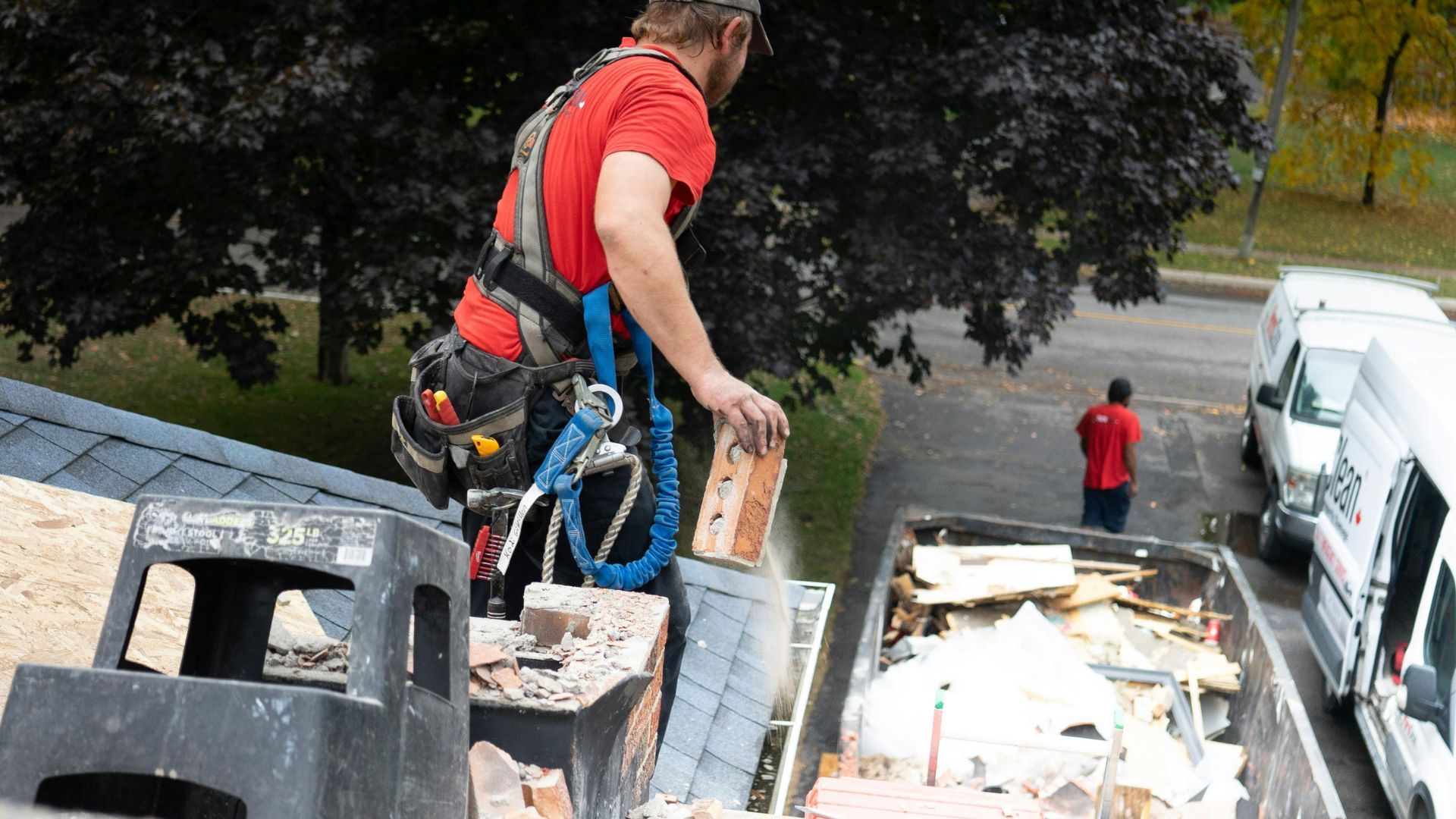
Hazardous Materials Demand Special Handling
Some items cannot be tossed into a truck with general junk because of the danger they pose. Hazardous materials—such as paints, solvents, pesticides, batteries, and electronics—require special handling. These substances often contain chemicals or heavy metals that can leak into soil and groundwater if improperly discarded. Junk removal companies follow strict guidelines to ensure hazardous items are safely transported to certified facilities where experts can neutralize or recycle them without risk to public health.
Handling hazardous materials responsibly is critical for protecting communities and ecosystems. Consider electronics, for example, which contain lead, mercury, and cadmium. If these seep into the environment, they can create long-term damage. Junk removal services act as a safeguard by diverting hazardous items away from conventional waste streams. The process may take extra effort, but it prevents dangerous contamination.
Landfills Remain The Last Resort For Unusable Junk
Although much effort is spent on recycling, donating, and repurposing, not everything can avoid disposal. Items too damaged or unsuitable for recovery eventually end up in landfills. However, modern landfills are more than open pits. They use engineered liners, gas collection systems, and careful monitoring to reduce harm to the environment. Still, landfills remain the least desirable option because they consume space and resources while generating greenhouse gases. Junk removal companies treat them as a last resort.
By minimizing landfill use, companies encourage better practices among consumers and industries. Every donation, recycling effort, or creative repurposing reduces what ultimately gets buried. Landfills highlight the consequences of unsustainable consumption habits. Cheap, low-quality items that break easily are most likely to reach this fate. Knowing this reality encourages people to think differently about the purchases they make. When disposal is unavoidable, responsible junk removal ensures it’s handled with as little environmental impact as possible.
Metal And Appliance Recovery Adds Unique Value
Appliances and scrap metal present a unique opportunity during junk removal. A refrigerator, stove, or washing machine may look like useless bulk, but its core is filled with valuable materials. Steel frames, copper wiring, and aluminum parts are all carefully extracted for recycling. These metals are highly sought after by industries because they can be reused repeatedly without losing quality, making them an essential part of sustainable manufacturing.
Recovering metals goes beyond waste reduction. It also reduces the need for mining, a practice that often scars landscapes and consumes vast amounts of energy. By reclaiming metals from discarded appliances, junk removal contributes to environmental conservation while creating economic value. Appliances that once seemed destined for disposal become sources of essential raw materials. It’s an example of how looking beneath the surface of junk reveals surprising worth. What appears bulky and broken often holds hidden potential once dismantled with care.
Green Waste Is Directed Toward Compost And Mulch
Composting green waste provides a sustainable alternative to traditional disposal. It reduces methane emissions that would occur if organic material decomposed in a landfill. At the same time, it produces valuable soil enhancers that support healthier plants and gardens. Landscapers, farmers, and homeowners all benefit from this process. Junk removal services play an important role by making sure yard debris doesn’t become waste but instead contributes to something beneficial.
Electronic Waste Undergoes Careful Dismantling
Electronic waste requires more care than most junk. Devices like televisions, laptops, and cell phones contain both valuable and hazardous materials. Specialized facilities dismantle these items, extracting useful parts such as copper, plastics, and glass while safely isolating toxic substances like mercury and lead. Without this process, electronic waste could release harmful chemicals into the environment, creating health risks for people and wildlife alike.
With technology evolving rapidly, electronic waste continues to grow. Junk removal companies that prioritize safe e-waste disposal help manage this modern challenge. By recovering usable materials, they reduce the demand for resource-heavy manufacturing. By isolating hazardous components, they protect ecosystems. The process highlights the need for responsible practices in a digital world where devices are constantly replaced. Electronic junk removal reflects a balance of innovation and caution, ensuring progress doesn’t come at the cost of environmental damage.
Repurposing Brings Unexpected Uses For Discarded Items
Beyond recycling and donating, some junk finds a second life through repurposing. Instead of breaking materials down, they’re creatively adapted into new uses. Wood planks from old furniture might become reclaimed flooring, bricks may be reused in landscaping, and glass could transform into decorative home accents.
Repurposing is appealing because it conserves resources while sparking innovation. It shows that not everything discarded must lose its value. What looks like junk in one context can become raw material for another. By finding unexpected uses, repurposing challenges the throwaway mindset and encourages people to see potential where others see clutter. Junk removal companies that embrace repurposing prove that sustainability doesn’t always require complex technology—sometimes it just takes creativity and vision to reshape waste into something new.
The Hidden Role Of Transportation And Logistics
Junk removal is more than hauling items away; it’s a carefully planned process of transportation and logistics. Trucks don’t simply drive from a property to a landfill. They often make multiple stops at recycling centers, donation facilities, hazardous waste stations, and composting sites. Proper routing ensures efficiency, saves fuel, and reduces emissions. It also ensures items arrive safely at the correct destination for processing.
Behind the scenes, crews are trained to load and secure a wide variety of materials. Whether it’s a fragile television, a bulky appliance, or bags of yard waste, everything must be handled with care. Logistics is the backbone of junk removal, connecting every stage from collection to final placement. Without this system, recycling, donating, and safe disposal would not be possible. It transforms a pile of unwanted items into a structured flow of responsible handling, showing how order underpins the entire operation.
Conclusion
The journey of junk doesn’t end the moment it leaves your driveway. From sorting and recycling to donating and responsible disposal, every step is designed to maximize value while reducing environmental harm. The process reveals a balance between convenience and responsibility, reminding us that even discarded items can serve a greater purpose when handled with care.
If you’re ready to
clear out space while ensuring your items are managed responsibly, reach out today. Freedom Junk Removal in Pinellas Park, FL is here to help. Call (727) 295-2143 or email info@freedomjunkremoval.net to schedule your service and give your junk the thoughtful ending it deserves.
